Bullet shock (English: shell shock) is a term used to describe the type of post-traumatic stress disorder suffered by large numbers of soldiers during World War I.
Even today, there are many people whose psychology deteriorates despite not engaging in any conflict and serving in the military for a few months. Taken from the familiar environment intense discipline and pressure Permanent mental problems may arise in people who are taken to an environment forcibly.
Consider also the situation of those who are in conflict, those who are in war. People who find themselves in the middle of a hell in their early teenage years, mental health they can be lost.
Shell shock was first described by British Psychologist Charles Samuel Myers during World War I.
In 1914, in the early stages of World War I, British soldiers began reporting medical symptoms after the war, such as tinnitus, memory loss, headaches, dizziness, tremors, and hypersensitivity to noise. Normally, these symptoms should appear after a physical injury to the brain, but most patients have it in their head. No signs of wound were found.
Photographs of soldiers experiencing “bullet shock” show the war at its most disturbing.
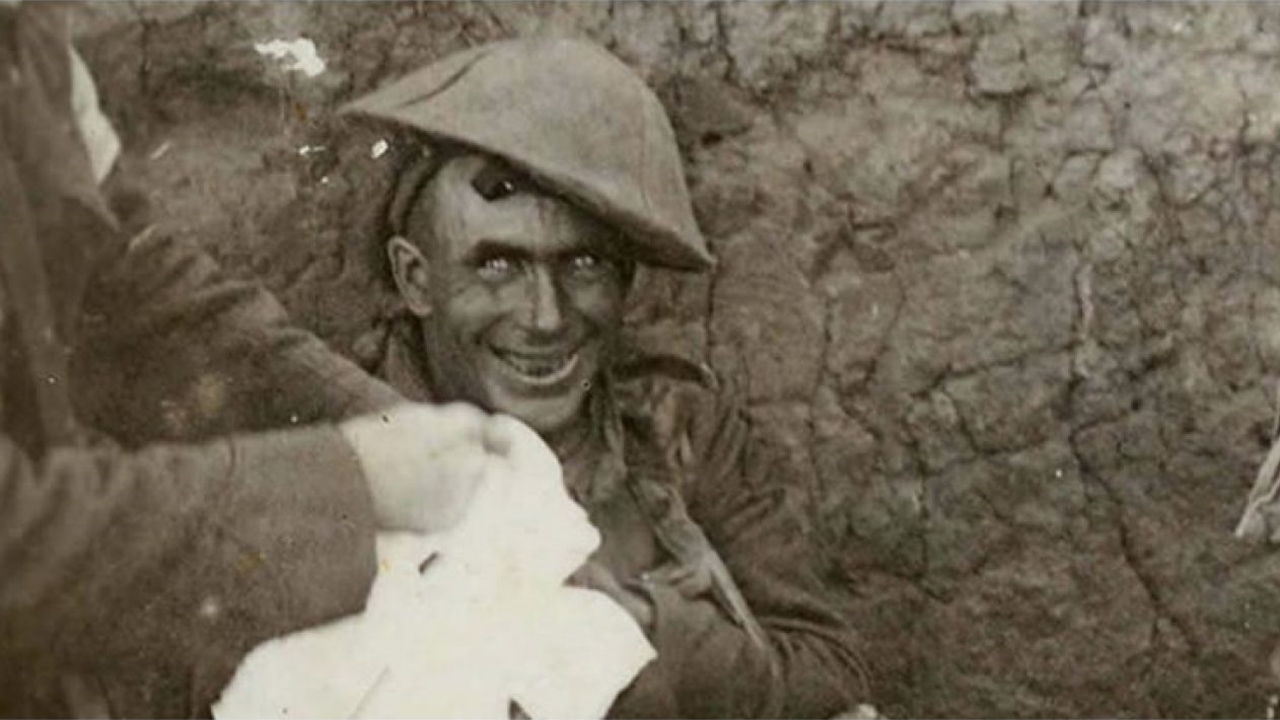
The men in the war environment felt that they were about to die at any moment due to the sudden change in their emotions, they lost their balance and lost their balance. meaningless acts He was doing it, playing his gestures pointlessly.
being bombarded, the catastrophic death of close friends at their hands, malnutrition and sleep, fear of death Problems such as desperation, inability to reason, not being able to sleep, not being able to walk, and not being able to speak, which emerged as a result of intense panic caused by factors such as
The number of cases of bullet shock increased in 1915 and 1916, but was poorly understood medically and psychologically.
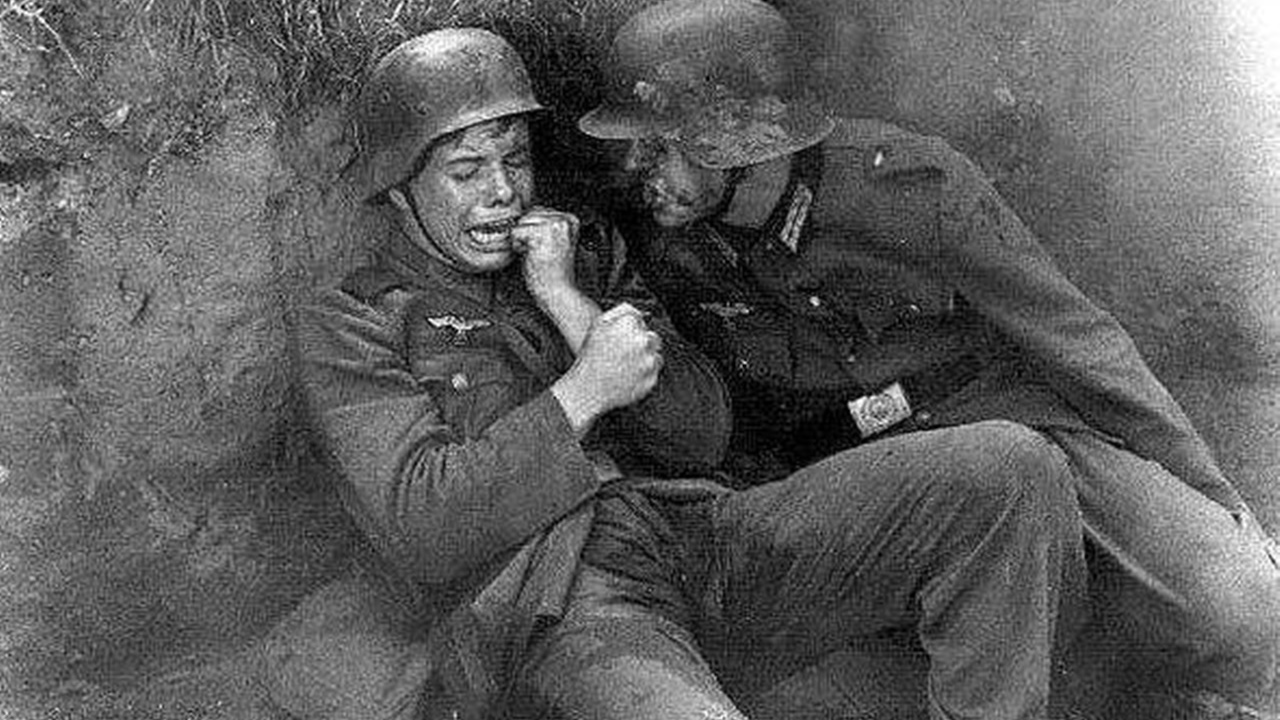
Some doctors believe that this is caused by exploding bullets and bombs. shock waves He was of the opinion that it was the result of latent physical damage to the brain by producing a brain lesion. Another explanation was that the bullet shock was caused by carbon monoxide poisoning caused by the explosions.
At the same time, the bullet shock is not physical, but an emotional injury An alternative view has been developed. Because some of the men who showed symptoms of bullet shock were not exposed to intense fire. It could not be attributed to physical injury alone, as the symptoms also occurred in men who were not close to an exploding bomb.
Research by Johns Hopkins University in 2015 found that war veterans exposed to explosives had an injury in the areas of their brain tissue responsible for decision making, memory and reasoning.
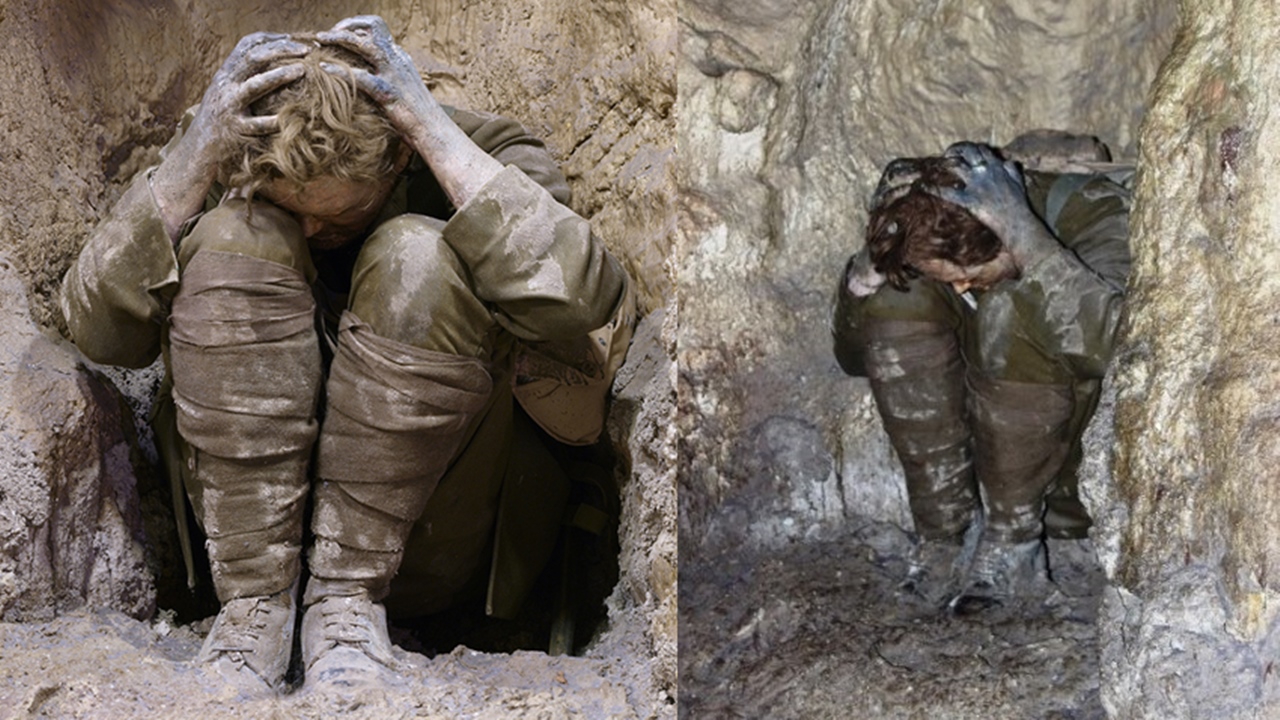
This evidence led the researchers to conclude that bullet shock may not be just a psychological disorder. Even slight changes in air pressure were associated with differences in behavior. According to this explosions on the battlefield causing massive pressure changes, causing covert damage to the brain.
Although there were cases of bullet shock, approximately 75% of the soldiers were re-enlisted without being referred to the hospital for specialist treatment.
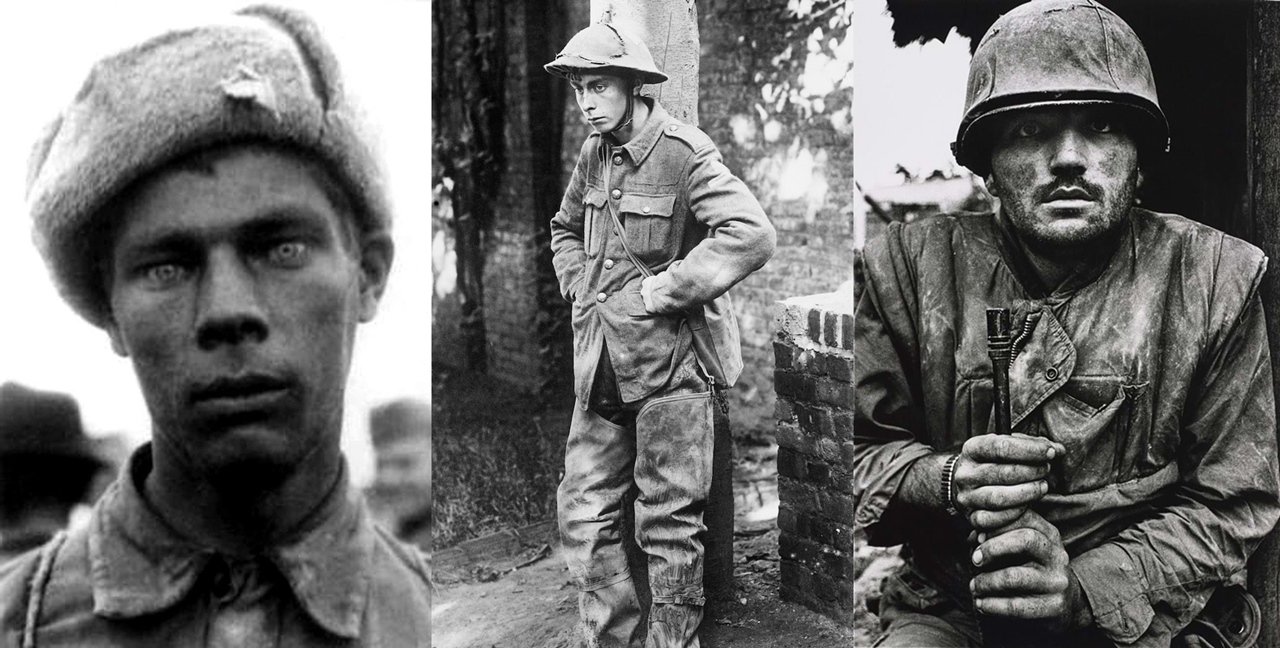
So many soldiers suffered from bullet shock that 19 British military hospitals were devoted entirely to the treatment of these cases. Ten years after the war, 65,000 war veterans He was still receiving treatment in England.
Some doctors used brutal methods to treat soldiers’ bullet shock.
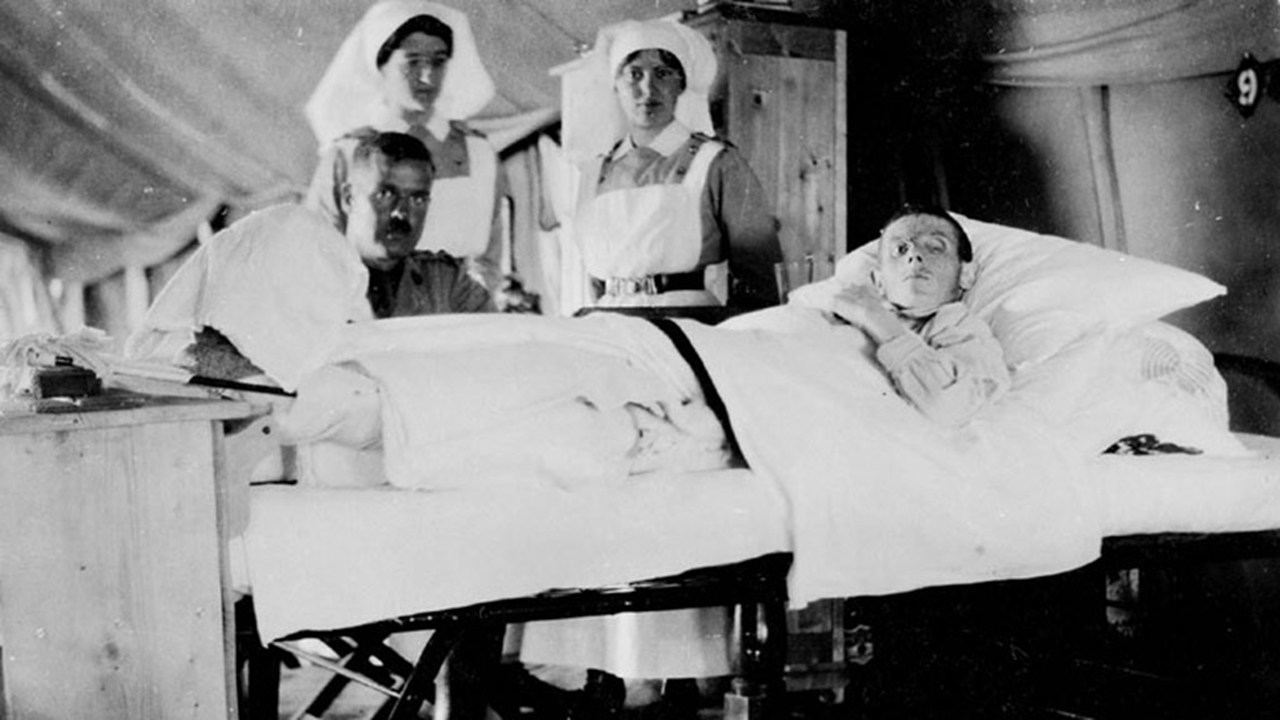
The doctors told them, hoping the soldiers would return to their pre-war selves. electric shock would give. For a year, a British clinician, Lewis Yealland, tried to treat one of his patients by giving him an electric shock and putting a cigarette on his tongue. “You won’t leave this room. Until you speak as well as you used to…”
Some of the men who were shocked by bullets were tried and even executed for military crimes such as desertion and cowardice.

These ailments in soldiers were viewed by some as a symptom of an underlying weakness of character. 346 soldiers like “cowardice”, “disobedience” He was executed on pretexts. In 1917, “bullet shock” was completely banned as a diagnosis in the British army, and even mention of it in medical journals was censored. On 7 November 2006, the UK government granted amnesty to the executed soldiers, but it was too late.
In this video, you can see the fear experienced by soldiers suffering from the disease.
The decision makers at the head of the governments left millions of soldiers “forced” into the middle of hell without experiencing this atmosphere, and they continue to do so.
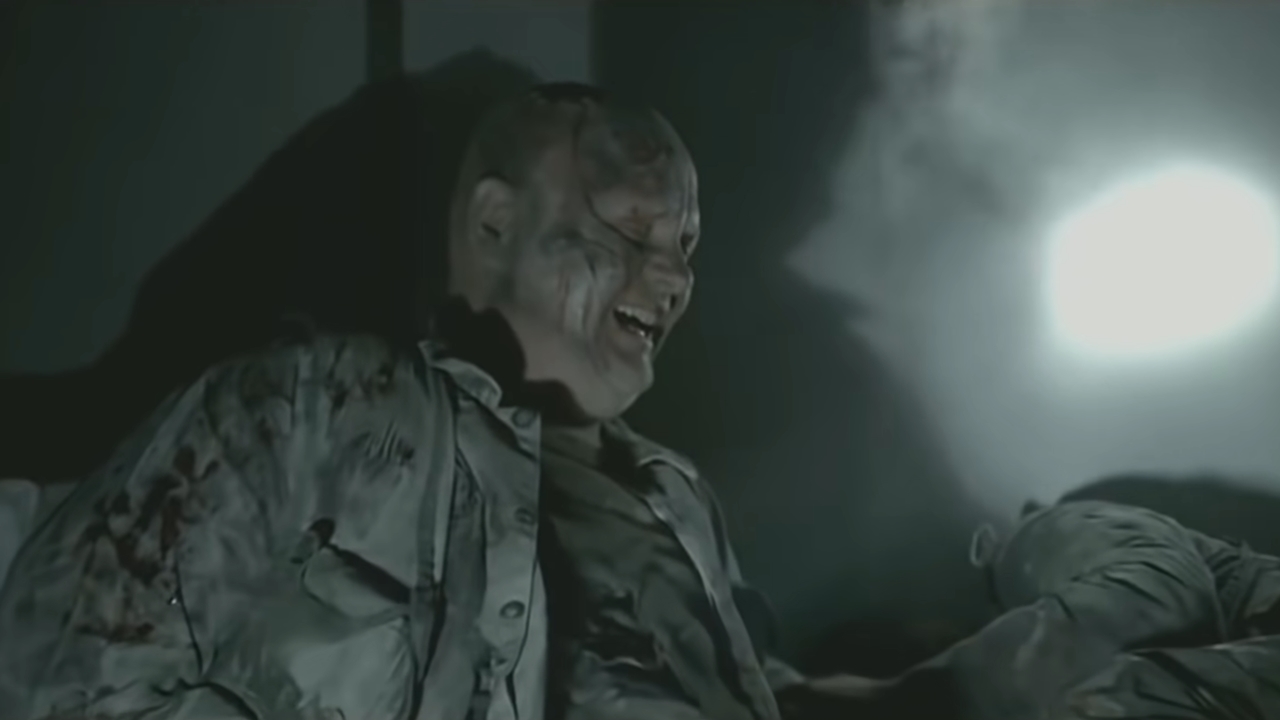
A still from the movie “Breath: Thanks to the Homeland”
Even if the young men managed to survive the war, some were executed, some for life. mental load was forced to move.
Sources: 1, 2
RELATED NEWS
